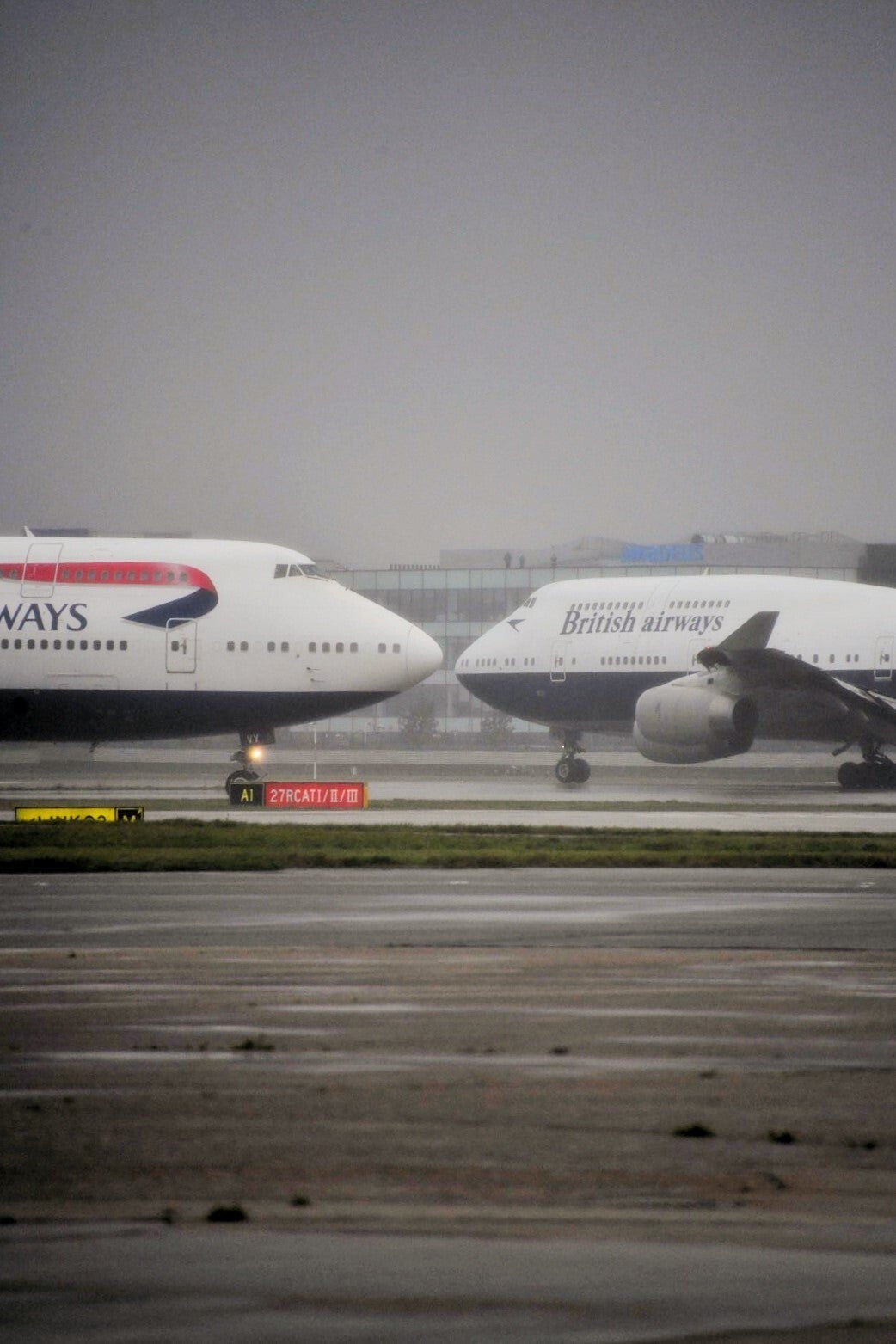British Airways planes less than half full in peak summer months
Deep winter cuts are blamed on government restrictions and refusal to expand testing

Your support helps us to tell the story
From reproductive rights to climate change to Big Tech, The Independent is on the ground when the story is developing. Whether it's investigating the financials of Elon Musk's pro-Trump PAC or producing our latest documentary, 'The A Word', which shines a light on the American women fighting for reproductive rights, we know how important it is to parse out the facts from the messaging.
At such a critical moment in US history, we need reporters on the ground. Your donation allows us to keep sending journalists to speak to both sides of the story.
The Independent is trusted by Americans across the entire political spectrum. And unlike many other quality news outlets, we choose not to lock Americans out of our reporting and analysis with paywalls. We believe quality journalism should be available to everyone, paid for by those who can afford it.
Your support makes all the difference.Planes belonging to British Airways and its sister airlines flew less than half full in the peak summer months of July, August and September – despite capacity being just 22 per cent of last year’s levels.
BA’s parent company, IAG, has revealed its preliminary results for the third quarter of 2020 – and announced deeper cuts for the final three months of the year, as coronavirus infections increase across Europe.
As a result of heavy losses and a bleak outlook, a quarter of the much-reduced schedule of flights for the rest of the year will be axed.
The results also cover Spanish airlines Iberia and Vueling, and Aer Lingus of Ireland.
The summer peak is normally the most profitable season for many airlines, but BA’s €1.4bn (£1.28bn) profit between July and September in 2019 turned into a €1.3bn (£1.19bn) loss over the same period this year. It represents a loss of £13m per day.
While capacity across the airlines was cut to just 21.4 per cent compared with last summer’s, passenger numbers fell even more steeply – resulting in an average “load factor” of 48.9 per cent. In other words, the typical flight was less than half full.
In 2019, the corresponding load factor was 87.9 per cent.
The airline group paints a picture of an even gloomier winter than previously expected.
IAG’s statement says: “Recent overall bookings have not developed as previously expected due to additional measures implemented by many European governments in response to a second wave of Covid-19 infections, including an increase in local lockdowns and extension of quarantine requirements to travellers from an increasing number of countries.
“At the same time, initiatives designed to replace quarantine periods and increase customer confidence to book and travel, such as pre-departure testing and air corridor arrangements, have not been adopted by governments as quickly as anticipated.”
An airport test-before-travel trial at BA’s home base, Heathrow, began this week, but is currently only in operation for flights to Hong Kong – a destination off-limits to most travellers.
The IAG airlines previously planned to fly 40 per cent of last year’s schedule in October, November and December, but that has been cut to 30 per cent.
Across Europe, a pattern is emerging of a resurgence of bookings in July and August followed by a collapse in passenger confidence from September onwards.
The Latvian carrier Air Baltic filled fewer than 30 per cent of its seats in September, compared with half-full planes in July and August.




Join our commenting forum
Join thought-provoking conversations, follow other Independent readers and see their replies
Comments